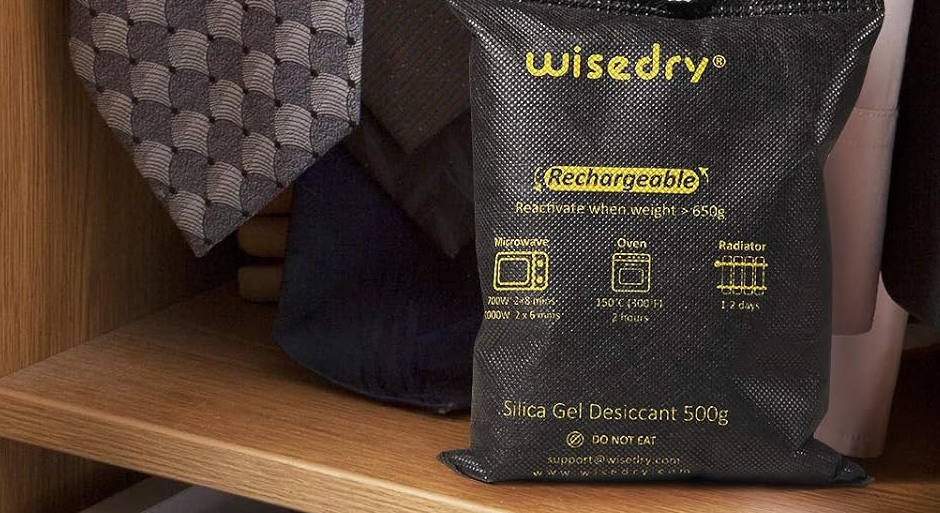Mold behind closets in a bedroom is a common problem, typically caused by excess moisture, poor ventilation, or water leaks. Addressing it promptly is important for maintaining a healthy living environment and protecting your furniture and walls.
Here’s how to stop mold from growing behind closets and prevent it from coming back:
Identify the Cause of Moisture
- Check for Leaks: The most common cause of mold growth behind closets is water leaks from pipes, the roof, or windows. Inspect walls, ceilings, and plumbing for signs of leaks. If you find any, fix the leak before addressing the mold.
- Humidity: High humidity levels in the room can promote mold growth. Moisture may be trapped behind the closet if the room isn’t well-ventilated.
Remove Mold and Clean the Area
Protect Yourself: Wear gloves, a mask, and safety glasses to avoid inhaling mold spores.
Ventilate the Room: Open windows and use a fan to create airflow and prevent mold spores from spreading to other areas of the room.
Clean the Mold:
- Mix one part bleach to three parts water (or use a commercial mold cleaner).
- Apply the solution to the affected area with a sponge or cloth.
- Scrub the moldy surface gently to remove it. Be thorough, especially in corners and edges.
- Rinse the area with clean water and dry it completely using a clean towel or cloth. Ensure that the closet and wall are fully dry to prevent the mold from returning.
Alternative Cleaning Solutions:
- Vinegar: White vinegar can kill most types of mold. Spray undiluted vinegar on the affected area, let it sit for at least an hour, and then wipe clean.
- Baking Soda: For lighter mold growth, mix baking soda and water to form a paste. Apply it to the moldy area, scrub with a brush, and rinse.
Fix the Moisture Problem
Improve Ventilation: Ensure that the bedroom and closet have adequate airflow. You can:
- Leave the closet doors slightly open to allow air circulation.
- Use a dehumidifier to reduce moisture in the room, especially if you live in a humid climate.
- Install an exhaust fan or increase airflow in the bedroom with a fan to prevent moisture buildup.
Control Room Humidity: Keep humidity levels between 30-50% to prevent mold growth. You can use a hygrometer to monitor humidity levels.

Silica gel is a highly effective moisture-absorbing substance commonly used to reduce humidity levels and prevent mold growth. It works by absorbing excess moisture from the air, creating a drier environment that inhibits the conditions necessary for mold to thrive.
Use a Silica Gel or Moisture Absorber: Place silica gel or other moisture-absorbing products behind the closet to draw excess moisture out of the air.
Seal and Insulate
Seal the Walls: If moisture is seeping through the walls, consider applying a waterproofing sealant to the area behind the closet. This will help keep water out and prevent mold growth.
Insulate the Walls: In areas with high humidity, poor insulation can lead to condensation and moisture buildup, which can cause mold. Consider adding insulation to the walls behind the closet to prevent moisture from accumulating.
Replace Damaged Materials
- If the mold has damaged the drywall or any other material behind the closet, it may need to be replaced. Mold can penetrate porous materials like drywall, making it difficult to completely eradicate the problem without replacing the affected sections.
- Remove and Replace Moldy Drywall: If mold has deeply affected drywall, carefully remove the affected sections, and replace them with new drywall.
Monitor the Area
- Check Regularly: After cleaning and resolving any moisture issues, monitor the area regularly to ensure that mold doesn’t return. If you notice a musty smell or signs of mold growth, address the issue immediately.
- Use Mold-Resistant Paint: Once you’ve cleaned and dried the area, consider painting the walls behind the closet with mold-resistant paint. This will provide an extra layer of protection against future mold growth.
Prevent Future Mold Growth
- Control Moisture Sources: If the moisture is coming from a leak, ensure that the plumbing, roof, or windows are fixed properly to prevent water from entering the room. Regularly inspect your home for any leaks or signs of water damage.
- Regular Cleaning: Keep the closet clean and dry. If you notice any dampness, take action immediately to dry the area.
- Avoid Storing Wet Items: Ensure that clothes or fabrics in the closet are dry before storing them, as wet or damp items can contribute to mold growth.
By addressing the root cause of moisture and taking proactive steps to clean and prevent mold, you can stop mold from growing behind your closet and maintain a healthier bedroom environment.
